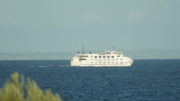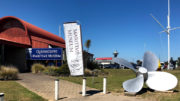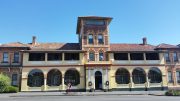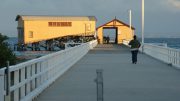Swan Bay is located at the eastern end of the Bellarine Peninsula, regarded as having international significance it is one of the region’s most important eco systems.
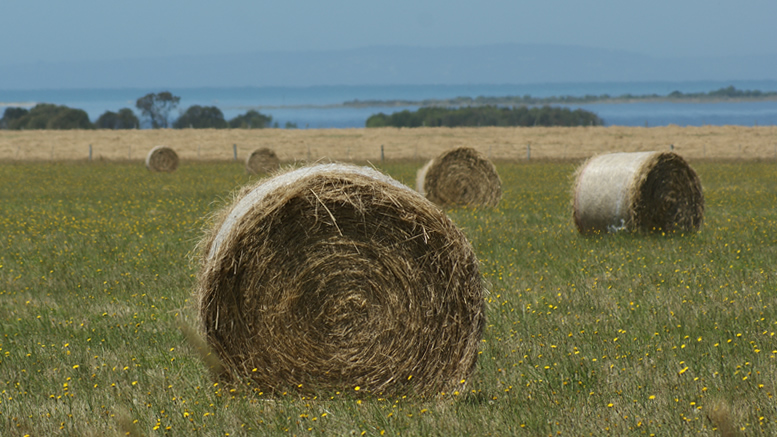
The 30 square kilometre shallow marine embayment lies between St Leonards to the North and Queenscliff to the South. The bay makes up part of the Port Phillip Heads Marine National Park. Originally called Swan Ponds, the bay was named by explorer Matthew Flinders who was amazed by the large numbers of black swan found in the waters. The black swan is only one of a number of important species that is found in the bay. The stunning list of bird life comprises of various waders and seabirds. The bay is also known as a habitat for one of the rarest birds in Australia, the orange bellied parrot. With an estimated 50 birds still alive in the wild, the orange bellied parrot is on the critically endangered list. While there are countless species of birds on the bay, the most common sights are pelicans, gulls, spoonbills, sandpipers, oyster-catchers, terns and various species of duck. Birds of prey like owls, eagles and hawks are also regular visitors to the bay.
Swan Bay is one of the region’s favourite spots for recreation. Bird watching is a favourite past time in the area, as are some water based activities including scuba diving, kayaking and boating. As the area is part of the Marine National Park there are strict rules on where and what to fish.
The bay is an important breeding ground and nursery for many of Port Phillip Bay’s fish including mullet, whiting, flounder, and snapper. Much of the bay is covered in sea grass which offers food and protection for the sea life. The southern tip of the bay is home to some of the peninsula’s only real native bushlands with dense coastal tea tree and coastal beard heath. The shoreline has plenty of coastal saltbush and shrubs like Glasswort and Austral Seablite that also offer food and shelter to the abundant bird life.
Separating Swan Bay to Port Philip Bay is Swan Island. This small island is home to the Queenscliff Golf Club which has an amazing course overlooking the bay. The Department of Defence also occupies a large portion of the island and uses it as a training facility including a counter terrorism training centre for the Australian Special Forces. Swan Island also houses the Queenscliff Cruising Yacht Club and waters of the island are a popular dive site especially around the wreck of the Mountain Maid which sank off the island in 1856. A J-Class Submarine was scuttled there in 1926 and also offers a great dive. The scenic Bellarine Railway which runs from Queenscliff to Drysdale also offers spectacular views of the bay and towards Swan Island.

Swan Bay is the setting for one of the Geelong region’s oldest legends or myths. The southern shoreline is meant to be home to buried pirate treasure which was allegedly hidden by Pirate ‘Bloody Sword’ Benito Bonito. The treasure is called the ‘Lost loot of Lima’ and consisted mainly of golden religious figures and jewels. It is said that the lost loot was taken from the west coast of the Americas and hidden on Swan Bay in the early 1820s. No one has ever found the treasure, so who knows it may still be out there and on today’s market could be worth more than $300 million. Poor old Bonito was caught by the British not long after leaving Port Phillip Bay and after a drumhead court martial he was hung, taking any secrets he had to his death.

